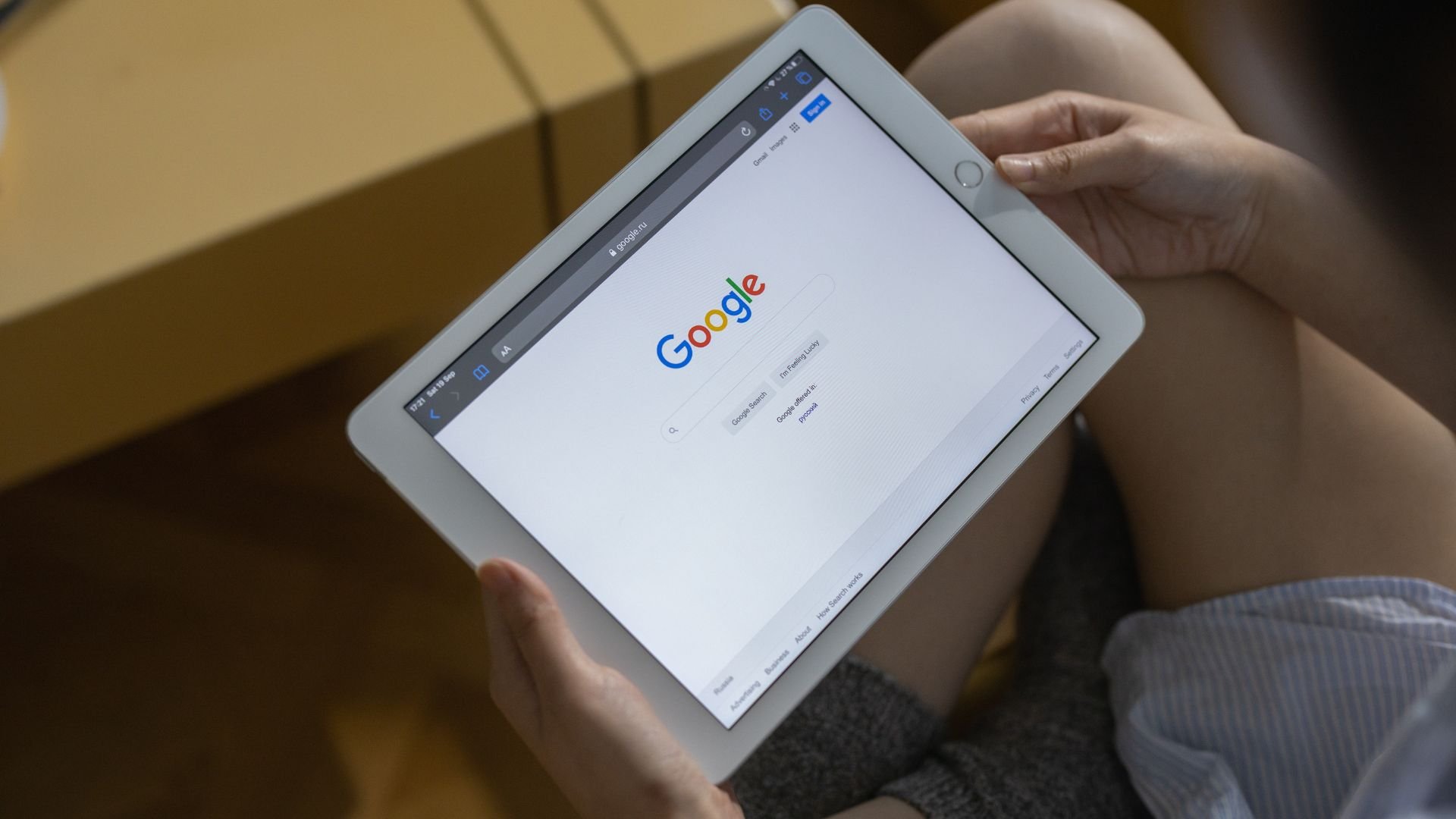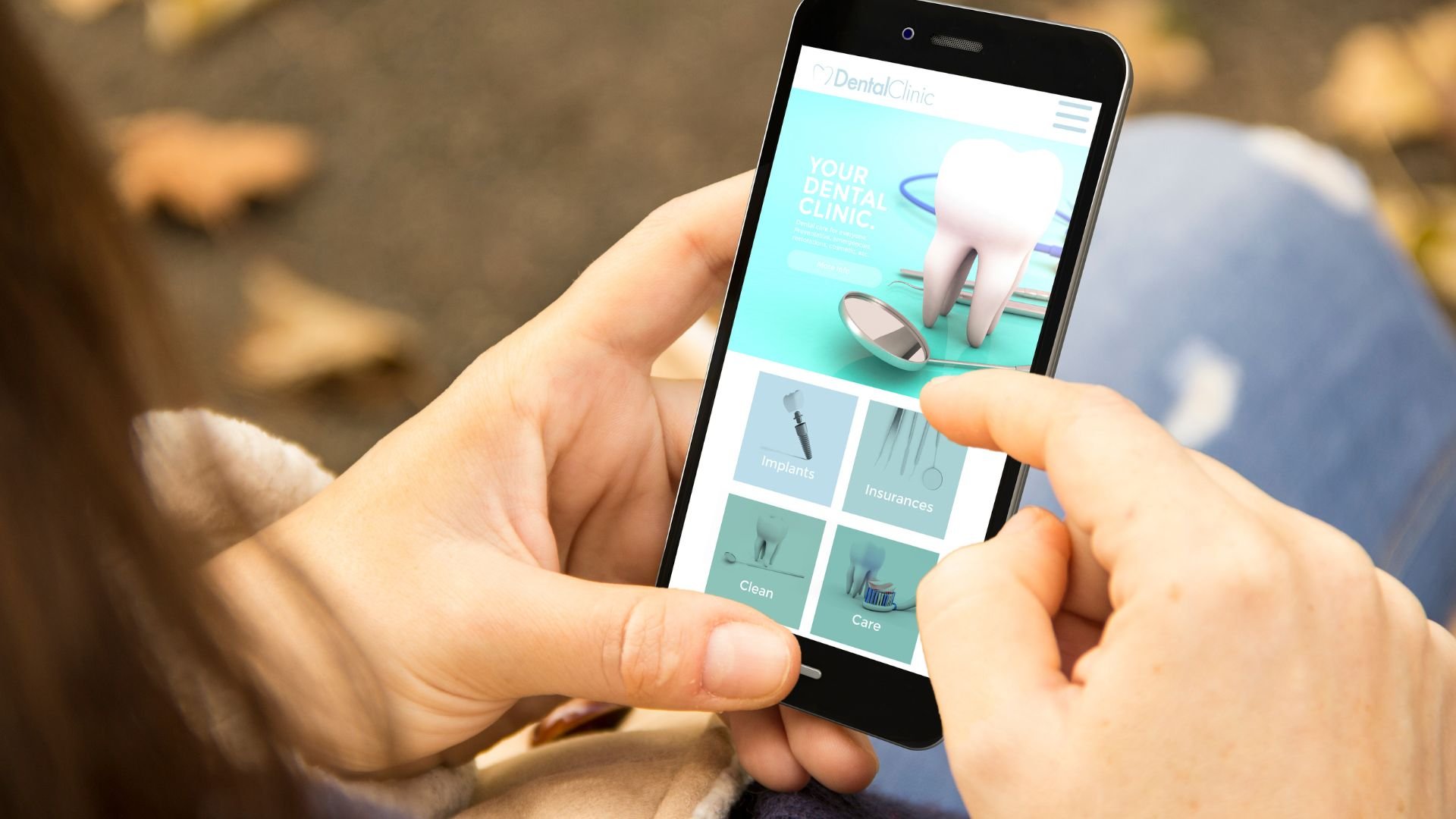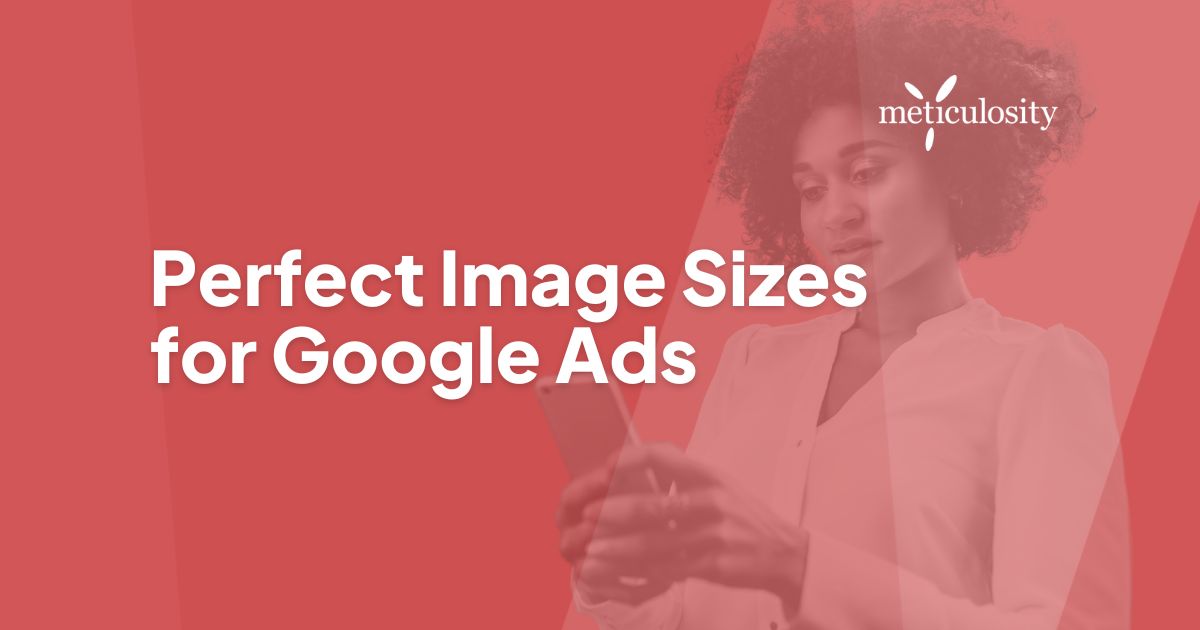In today's digital age, every business wants to make an impact and stand out from the crowd. Google Ads provide an excellent opportunity for businesses to reach their target audience. However, one of the most crucial aspects of creating a successful Google Ad campaign is choosing the right image size.
The size of your ad image can have a significant impact on your click-through rates and overall performance. In this blog, we will dive into everything you need to know about Google Ad image sizes. From understanding their importance and impact on performance to breaking down effective image sizes, we've got you covered.
We'll also explore the most common display ad sizes and which one works best for mobile devices. Lastly, we'll share tips on optimizing images for different sizes and how responsive display ads work with various image sizes. So, whether you're new to Google Ads or looking to improve your existing ad campaigns' performance, keep reading to learn more about choosing the perfect image size for your next Google Ad campaign.
Understanding the Importance of Google Ad Image Sizes
Image size plays a vital role in the effectiveness of Google ads. Optimal display and visibility across devices are ensured by using the right image size. Properly sized images in Google ads enhance the overall user experience, as Linear Design discusses. Advertisers should consider the recommended image sizes to achieve better results. Choosing the correct image size can also help increase click-through rates.
The Impact of Image Size on Google Ads Performance
Image size directly affects the performance of Google ads. Optimized sizes result in better ad quality and engagement. Larger sizes can attract more attention, standing out from competitors. Properly sized images ensure ads are not cut off or distorted.
Google's display network supports a variety of sizes for flexibility. Incorporating NLP terms like banner, digital marketing, and common ad sizes enhances the content. The impact of image size on Google Ads performance is significant.
How Google Ads Image Size Affects Visibility
Choosing the right image size for your Google Ads can greatly impact its visibility. Google displays ads based on available ad space and the size of the image. When your images are properly sized, they have a higher chance of being displayed at the top of the page.
This means that users are more likely to notice and engage with your ad. By selecting images that fit well within ad spaces, you can effectively catch the attention of your target audience and improve brand visibility.
Why Image Size Matters for Click-Through Rates
Image size plays a crucial role in impacting the click-through rates (CTRs) of Google Ads. Well-sized images can entice users to click on the ad, creating a visually appealing experience.
When the image is properly scaled and complements the ad content effectively, it can grab the user's attention, resulting in higher CTRs. Testing different image sizes can help determine the best-performing option for maximizing CTRs. Explore the impact of image size on your Google Ads and optimize them accordingly.
Breakdown of Effective Google Ad Image Sizes
Google offers a variety of ad sizes to cater to different platforms and placements. Advertisers should choose image sizes that align with their campaign goals. Different ad sizes serve specific purposes and target different audiences. Testing multiple ad sizes can help identify the most effective size for a campaign. Google provides guidelines on the most common and top-performing ad sizes.

Medium Rectangle: 300×250 and Its Significance
The medium rectangle, with a size of 300×250, is a widely used ad format known for its versatility. This compact design allows for easy placement in different ad spaces, making it suitable for both desktop and mobile devices.
With ample space for displaying relevant content and a compelling call-to-action (CTA), the medium rectangle offers advertisers a great opportunity to capture users' attention and drive engagement. Marketers should consider incorporating the medium rectangle into their campaigns for optimal performance.
Large Rectangle: 336×280 and Its Impact
The large rectangle, measuring 336x280, is a highly visible and attention-grabbing ad size. It offers more space for content, making it stand out on web pages. This size is particularly effective for showcasing product images or promotions, making it a great choice for advertisers seeking improved engagement.
Additionally, the large rectangle supports both text and image ads, providing flexibility in ad format. By utilizing this size, marketers can enhance their advertising campaigns and increase their chances of success.
The Power of Leaderboard: 780×90
The leaderboard ad size, measuring 780×90 pixels, offers a wide and horizontal display that can capture user attention effectively. It is commonly positioned at the top or bottom of web pages, making it prominently visible to users.
Advertisers can take advantage of the leaderboard size by including more content and imagery, which enhances the visibility and click-through rates of their ads. With its expansive space and strategic placement, the leaderboard size proves to be a powerful tool for marketers looking to maximize their advertising impact.
Half Page: 300×600 and Its Effectiveness
The half-page ad size offers ample space for creative visuals, making it an ideal choice for advertisers looking to make a strong impact. As one of the largest ad sizes available, it ensures high visibility and captures attention effectively.
With the ability to accommodate videos, multiple images, or interactive content, the half-page ad provides flexibility in delivering engaging advertisements. It offers a prime ad position, increasing the chances of user engagement and maximizing campaign effectiveness.
Large Mobile: 320×100 and Its Reach
Prominently designed for mobile devices, the large mobile ad size captures user attention when browsing on smartphones. Positioned above the fold on mobile screens, it offers optimal reach for advertisers targeting mobile users.
With its vertical format, this ad size is an ideal display choice for mobile screens. Consider incorporating the large mobile banner into your digital marketing strategy to maximize the impact of your ads on mobile platforms.
Unveiling the Most Common Google Ads Display Image Sizes
To maximize visibility and optimize Click-Through Rates, it's essential to understand the top-performing ad sizes for Google Display Ads. Advertisers commonly utilize popular image ad formats to reach their target audience effectively.
By choosing the perfect image size for your Google Ads campaign, you can ensure that your banner ads, logos, and digital marketing content stand out on platforms like LinkedIn, Facebook, and the Google Display Network. Testing various dimensions, such as square images or large mobile banners, is a good idea to determine which sizes yield the best results.
Exploring Square and Rectangle Display Ad Sizes
Square and rectangle ad sizes offer various benefits in digital marketing. By finding the ideal ad size for different ad spaces, marketers can maximize brand awareness and create visually appealing ads. It's important to explore the performance of different ad dimensions to ensure optimal results.
Creating ads with the right pixel dimensions not only enhances brand visibility but also improves click-through rates. By choosing the right display ad format, such as square or rectangle, advertisers can effectively promote their products or services.
Understanding Skyscraper Display Ad Sizes
Maximizing ad space and visibility is crucial in digital marketing. Skyscraper ad sizes offer tall and narrow display ads that make a significant impact. By targeting specific spaces with the right dimensions, marketers can increase their ad's visibility and reach.
These vertical display ads are ideal for capturing users' attention and maximizing the use of ad space. With skyscraper formats, you can create visually appealing banners that stand out, making them a good idea for your Google Ads campaign.
Delving into Leaderboard Display Ad Sizes
Understanding the benefits of utilizing leaderboard ad sizes allows marketers to create attention-grabbing ads with the right dimensions. By leveraging the top-performing ad size, click-through rates can be increased, resulting in maximum visibility for the brand.
It is also essential to design visually appealing ads with the correct aspect ratio to ensure optimal performance. By incorporating these strategies, advertisers can make the most of leaderboard display ad sizes and enhance their digital marketing campaigns.
Which is the Best Google Ads Image Size for Mobile?
Choosing the ideal image size for mobile ads is crucial for optimizing display on smaller screens. To maximize visibility and engagement, it's important to select ad dimensions that are mobile-friendly. By understanding the impact of image size on mobile ad performance, you can enhance your Google Ads campaign for better results.

Which Display Ad Size Should You Choose for Optimal Results?
Factors that determine the best display ad size, analyzing performance, finding ideal dimensions for the target audience, optimizing ad performance, and selecting effective ad sizes based on campaign goals.
How to Optimize Your Google Ads Images for Different Sizes
To ensure optimal performance of your Google Ads, it's important to optimize your images for different sizes. Start by designing visually appealing ads that capture attention across various display ad sizes.
Make sure your images maintain high quality while complying with file size requirements set by Google Ads. Adjust the images to fit different ad dimensions without distortion, and consider leveraging different image formats like PNG, JPG, or GIF for optimal display. Use the right tools and techniques to resize the images effectively.
Design Tips for Creating Successful Display Ads at Any Size
When creating display ads, it's important to incorporate eye-catching visuals and compelling text content. Aligning your fonts and colors with your brand identity helps create a cohesive look.
Additionally, including a clear call-to-action (CTA) increases conversion rates. To provide a seamless user experience, optimize your landing pages. A/B testing different ad designs allows you to identify the most effective one. By following these design tips, you can create successful display ads, regardless of their size.
How Do Responsive Display Ads Work With Various Image Sizes?
Responsive display ads are designed to adapt to different image sizes, allowing flexibility across devices. By maximizing reach and visibility, these ads ensure optimal campaign outcomes. Dynamic resizing optimizes ad performance, making responsive ads a powerful tool for advertisers.
Does the Image Size Affect the Performance of Google Ads?
Analyzing the impact of image size on Google Ads performance. Understanding the correlation between ad size and click-through rates. Exploring the relationship between image dimensions and user engagement. Optimizing ad performance by choosing the right image size. Leveraging data to make informed decisions about ad size for better results.
Conclusion
To maximize the effectiveness of your Google Ads, it is crucial to use the perfect image sizes. The size of your ad image directly impacts its visibility and click-through rates, which ultimately affects its overall performance. Understanding the importance of image sizes in Google Ads is key to creating successful campaigns.
When it comes to effective Google Ad image sizes, there are several options to consider. The medium rectangle (300x250) and large rectangle (336x280) are popular choices that offer significant impact. The leaderboard (780x90) and half-page (300x600) sizes also provide excellent visibility and reach. For mobile ads, the large mobile size (320x100) is highly effective.
To optimize your Google Ads images for different sizes, consider design tips that ensure successful display ads at any size. Additionally, responsive display ads are designed to adapt to various image sizes, providing a seamless experience across different devices.
In conclusion, choosing the right image size for your Google Ads is crucial for maximizing visibility, click-through rates, and overall campaign performance. By understanding the impact of image sizes and optimizing your ads accordingly, you can create compelling and successful Google Ads campaigns. To know more about optimizing your Google ads campaign, contact our experts.








